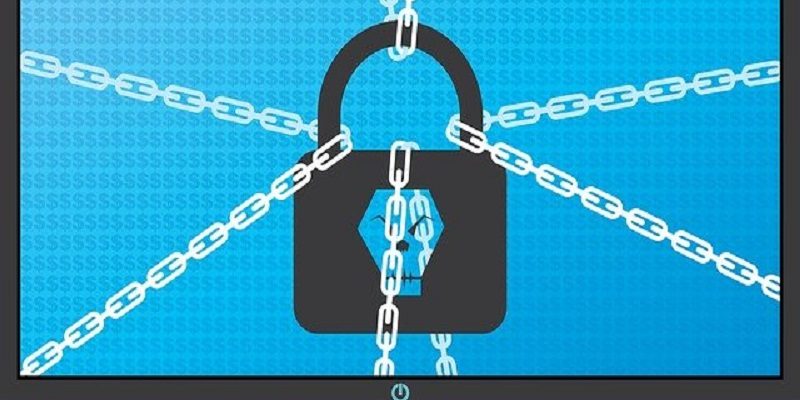Check Point Research (CPR) finds healthcare to be the most impacted industry for ransomware in its latest release of Q3 cyberattack data. Ransomware gangs are increasing their focus on hospitals largely because of the intense pressure to meet ransomware demands. CPR warns healthcare organizations to stay on high-alert as we close out the year and enter the holiday season, as hackers tend to strike during off-hours when security is perceived to be lighter. CPR also shares global statistics for overall cyberattacks and by region, where education/research and Asia were top targets for overall cyberattacks.
- Education/Research was most attacked by overall cyberattacks in Q3, with an average of 2,148 attacks per organization every week, an increase of 18% compared to third quarter of 2021
- Asia experienced the highest volume of cyberattacks with 1778 weekly attacks per organization on average
- 28% increase in global cyberattacks compared to the same period in 2021
- India saw 1,783 average attacks per organisation in Q3 2022, the same as last year
Check Point Research (CPR) is releasing new cyberattack data from the third quarter of this year. A key finding was that the healthcare sector was the most targeted industry in terms of ransomware in the third quarter of 2022, with one in 42 organizations impacted by ransomware, a 5% increase YoY.
Top Sectors Impacted by Ransomware
- Healthcare (1 in 42 organizations impacted by ransomware, a 5% increase YoY)
- Internet Service Provider/Managed Service Provider (1 in 43 organizations was impacted, a decrease of 25% YoY)
- Finance/Banking (1 out of every 49 organizations was affected by ransomware, a 17% 3. increase in the past year.
- Retail/Wholesale sector has seen the highest increase YoY of ransomware attacks, a 4. 39% increase from the third quarter of 2021.
Sundar Balasubramanian, Managing Director of Check Point Software Technologies, India & SAARC said, “Ransomware gangs continue to focus their efforts on targeting hospitals, largely because of intense pressure for these organizations to respond fast. A ransomware attack on a hospital can lead to potentially catastrophic consequences, such as delayed surgeries, hold ups in patient care and rescheduled doctor appointments. In fact, we’re seeing that 1 out of every 42 healthcare organizations we track is the target of a ransomware operation. Even if an attack doesn’t shut a hospital down, it can knock some or all digital systems offline, cutting doctors’ and nurses’ access to digital information like patient records and recommendations for care. Hospital organizations should keep their programs up-to-date, only download items from known sources, and constantly back-up their data. As we begin to close out the year and enter the holidays, hospitals should stay on high-alert, as ransomware gangs love to strike during this period as staff begin to take time off.





